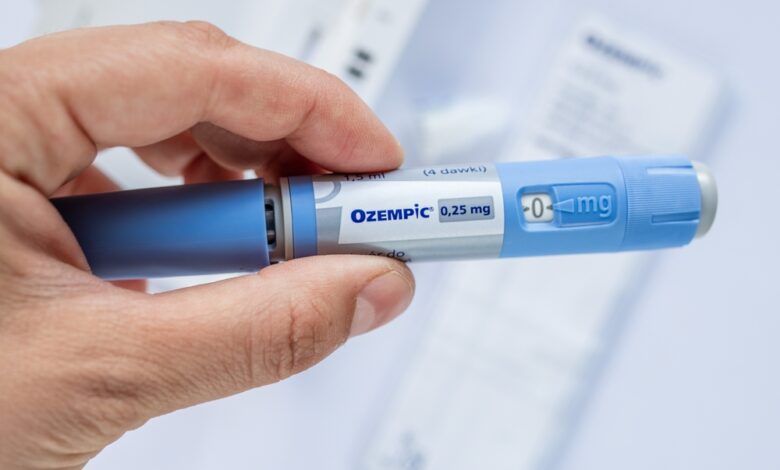Ozempic Face Understanding the “Before and After” Phenomenon

The term “Ozempic face” has gained attention in the media and among users of the diabetes medication Ozempic. While Ozempic is primarily prescribed to manage type 2 diabetes, it has become increasingly popular for weight loss due to its appetite-suppressing effects. Alongside the positive weight loss results, some users report experiencing changes in their facial appearance, commonly referred to as “Ozempic face.” Here’s what you need to know about this phenomenon, including before-and-after effects and how to address them.
What Is Ozempic Face?
“Ozempic face” refers to the noticeable changes in facial appearance some individuals experience after significant weight loss while using Ozempic. Specifically, it describes the loss of facial volume, leading to:
- Hollow cheeks
- Sunken eyes
- Increased appearance of wrinkles or sagging skin
These changes are not directly caused by Ozempic itself but are instead linked to the fat loss that often accompanies rapid or substantial weight loss.
Why Does It Happen?
The human face contains subcutaneous fat, which provides volume and structure. During weight loss, fat is lost not just from the body but also from the face. When this happens quickly, the skin may not have enough time to adjust, leading to a more aged or gaunt appearance.
Factors contributing to “Ozempic face” include:
- Rapid Weight Loss: Faster weight loss often leads to more dramatic facial changes.
- Age: Older individuals may experience more pronounced changes due to reduced skin elasticity.
- Genetics: Some people naturally lose facial fat more prominently than others.
Before and After: What to Expect
Before Starting Ozempic
- A fuller facial appearance with natural fat distribution.
- Balanced facial contours that reflect your current weight.
After Significant Weight Loss
- Loss of fullness in the cheeks and jawline.
- Increased definition of facial bones, which can sometimes appear more angular or hollow.
- Potential sagging if the skin cannot bounce back due to age or genetics.
Addressing Ozempic Face: Solutions and Treatments
If you’re concerned about the aesthetic effects of “Ozempic face,” several options can help restore volume and maintain a youthful appearance:
- Hydration and Nutrition:
- Stay hydrated to improve skin elasticity.
- Eat nutrient-rich foods that support skin health, such as those high in collagen-boosting vitamins (e.g., Vitamin C and E).
- Skin Care:
- Incorporate moisturizers and products with retinol or hyaluronic acid to improve elasticity.
- Protect your skin from UV damage with sunscreen.
- Cosmetic Treatments:
- Dermal Fillers: Injectable fillers like hyaluronic acid can restore lost volume.
- Non-Surgical Skin Tightening: Treatments like radiofrequency or ultrasound therapy can improve skin firmness.
- Surgical Options: In severe cases, procedures like a facelift may be considered.
- Gradual Weight Loss:
- Losing weight at a slower pace can give your skin more time to adjust, potentially reducing the severity of changes.
The Bigger Picture: Balancing Health and Aesthetics
While changes in facial appearance can be concerning, it’s important to focus on the broader health benefits of weight loss, especially for individuals managing diabetes or obesity. Consulting with a healthcare provider or dermatologist can help you navigate these changes and find personalized solutions.
Conclusion
“Ozempic face” is a side effect of the rapid weight loss associated with Ozempic use, rather than the medication itself. By understanding the causes and exploring treatment options, individuals can mitigate these effects while continuing their journey toward better health. If you’re considering Ozempic or have already started, discussing potential outcomes with your healthcare provider can ensure you achieve your goals with confidence.
4o




